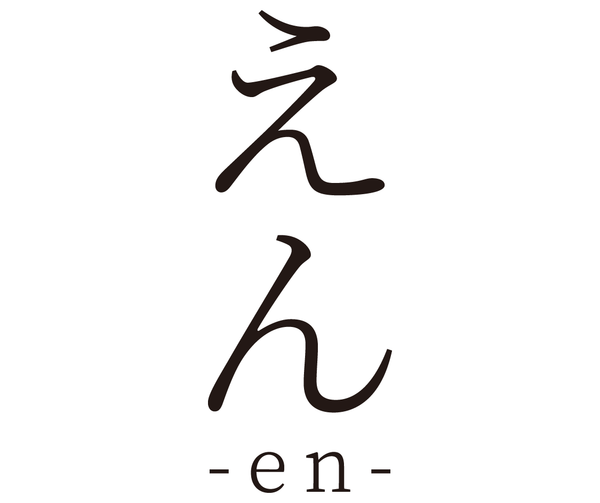
no matter what
Good evening. This is Ikeda.
It's still extremely hot, but we're already entering September.
I hope this intense heat ends soon.
Looking at the weather forecast for the week, there are signs that the temperature is going to drop a little, so I'm just praying that the weather will continue to move into autumn.
When the heat continues this long, even though I've bought several printed T-shirts, I feel like I'm going to have to buy another one.
If it hadn't been for the expense of repairing my bike, I might have put my hands on the pair I really wanted.
You might be wondering what you should do if you have so much, but I guess I'll just tell myself that I really love it, so I can't help it.

Now that I've revealed my desires, today I'd like to introduce you to satou's fushiori blouson.
I think it's one of those items that I can't resist getting my hands on.

I think this blouson has a charm that is unique to the fabric used.
The fabric used is Bingo Bushiori.
Bingo-bushiori is a derivative of Bingo-kasuri, one of the three major kasuri in Japan.

Even if you only hear that, you may not be able to get the impression that it looks good.
However, this Bingo-bushiori fabric can only be made at the Bingo Kasuri factory, of which there are currently only two remaining in Hiroshima.
It is finished using such precious fabrics.

Even though it is a traditional fabric, the number of factories that can make it is decreasing, which makes me think about it personally.
One of the reasons I'm so drawn to satou is that they use traditional fabrics and techniques that are less common these days.
This is because our attitude toward manufacturing is clearly evident.

This precious fabric is woven into stripes using indigo dyed and persimmon tanned thread.
The indigo dye has a slightly thicker line, giving the fabric a texture that looks like the persimmon tanning dye is peeking out.
This is a simple explanation, but the fact that they use indigo dyed and persimmon tanned thread is also very typical of Satou.


In addition, the waist has a drawcord that can be tightened and adjusted, and here you can also see a glimpse of the brand's uniqueness.
Drawcords are not just strings.
The Sanada cord used here is the one used in samurai armor.
I can't help but wonder if they really wanted to use Sanadahimo, even though it's hardly visible from the outside.
I'm really impressed by that commitment.

This blouson is made using carefully selected fabrics and specifications.
I can't help but reach for these blouson and coveralls.
Is there anyone who can understand this feeling?
Are you sure you're not here?

Putting that aside, the large flap pockets are characteristic of the design.
However, it is not an elaborate design, but rather a design that allows you to enjoy the feel of the fabric.
Personally, I kind of like the stitching along the path that the Sanada cord passes through.
I don't know why, but it's intuitive.

And the buttonholes are diagonal, which is unique to satou.
Even when the button is closed, you can see the diagonal design, so I think this is an enjoyable part of the design.
If it's diagonal to the stripes, it will stand out more.

In addition to the silhouette being roomy, there is no lining, so you can wear it as an inner layer with a variety of items.
There are a wide range of ways to enjoy it, such as cut-and-sew shirts and shirts in early fall, and sweatshirts and knits when it gets chilly.
I feel like I'm being persuaded that I don't have to put up with what I really want.
Don't miss Satou's fushiori blouson, a blouson that you can't help but reach for, using fabrics that give you a glimpse of the manufacturing approach you'll be drawn to.
Ikeda





